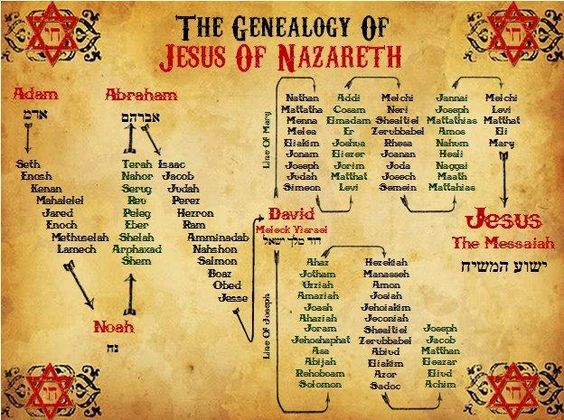
Was Jesus A High Priest?
John the Baptist's father was the priest Zecharias, of the course of Abias, or Abijah, the eighth course of the Levite priesthood (1 Chr. 24:10; Luke 1:5); his mother was "of the daughters of Aaron, and her name was Elisabeth" (Luke 1:5). Elisabeth was also COUSIN to the virgin Mary (Luke 1:36), who was descended from Judah's House of David. Therefore the two families had intermarried -- Levi and Judah -- the House of David with the House of Aaron.
Now Phinehas was promised an "EVERLASTING PRIESTHOOD" (Nu. 25:12-13; Ezra 8:2; 1 Esdras 5:5; Ps. 106:30-31; Ecclesiasticus 45:24-25). Yet with the murder of Aristobulus, the last of the Asmonians, by Herod the Great, the Aaronic succession was nullified. "Herod made men of low birth high priests, deposed them at his will, and named others in their room" (Smith's Dict. of the Bible, art. "High Priest"). So how did God keep his promise to Phinehas? He sent his Messiah "an high priest ... by his own blood he entered in once into the holy place" (Heb. 9:11-12). The KINGSHIP and PRIESTHOOD were MERGED in JESUS. As Paul said, "the priesthood being changed (merged into Judah), there is made of necessity a change also of the law ... For it is evident that our Lord sprang out of JUDAH" (Heb. 7:12). But Josephus says in Antiquities 12:4:1-2 that a daughter of the LEVITE high priest Simon the Just married Mattathias II (Tobias), whose Aaronic son by her was Joseph (Luke 3:24-25) the ancestor of Jesus the Messiah. Therefore Jesus was Aaronic on his father's side. The Virgin Mary's mother was Hanna who was "the daughter of noble parents who offered up offerings before God Almighty, and who were LEVITES belonging to the priesthood" (Legends of Our Mary the Perpetual Virgin and her mother Hanna, translated from the Ethiopic manuscripts collected by King Theodore at Makdala, and now in the British Museum, by Sir Wallis Budge; 1922, p.13) The Koran adds that Zecharias had married Mary's mother's sister (ch. 3) who was "of the daughters of AARON" (Luke 1:5) which would make Jesus Aaronic on his mother's side also. The Book of the Cave of Treasures, attributed to Ephraim the Syrian (c.306-373 A.D.), contains a geneology of Christ which says, "Abiud (Matt. 1:13) took to wife Zakhyath, the daughter of Joshua, the son of Yozadak, the PRIEST, and begot by her Eliakim" (Sir Wallis Budge's translation, 1927, p.194). (Josedec, 1 Esdras 5:5, 48,56; 6:2; 9:19; Ecclesiasticus 49:12, father of Joshua the high priest of Josephus).
The son of Joseph of Arimathea -- Jesus' uncle -- married into the Trojan family of British kings and produced King Arthur, Galahad and Lancelot who descended into the Tudors. Owain Tudor traces his geneology back from Anna, cousin of the "Virgin Mary." A second line of this geneology ascends through Owain's mother Elen up to Constantine the Great. It is interesting that the Tudor heraldic arms portray the "portcullis" which, with its twelve squares, resembles the golden breastplate of the high priest Therefore it was appropriate that the Tudors were the first family in England to head both church and state. The Tudors joined with the Stuarts, of the Scottish and Irish royal lines; and thus Davidic and Aaronic descent has come into the Royal House of Britain, which so appropriately provides the head of both church and state in the United Kingdom.
Once again, members of the Aaronic family had united in marriage with the House of David in the case of the families of John the Baptist and of our Lord. John's father was the priest Zecharias, of the course of Abia, or Abijah, of the eighth course of the priesthood (1 Chr. 24:10; Luke 1:5). ("AbiJah" means "My Father is Yah" -- a perfect description of Jesus' paternal ancestrty). John the Baptist's mother was "of the daughters of Aaron, and her name was Elisabeth" (Luke 1:5). Elisabeth was also cousin to the virgin Mary (Luke 1:36), who was descended from the House of David. It is therefore clear that the two families had intermarried -- Aaron (Elizabeth) and David (Mary). The destruction of the Aaronic Priesthood by Herod the Great with the murder of Aristobulus, the last of the Asmonians, did not negate God's promise of "an everlasting priesthood" for Phinehas and his seed (Num. 25:12-13), because the Aaronic family had by now joined with our Lord's family of David, the continuation of the succession (see Ezra 8:2; 1 Esdras 5:5; Ps. 106:30-31; Ecclesiasticus 45:24-25).
The role of the Aaronic High Priest was indeed assumed by our Lord in his ministry, who fulfilled all that was typified in the first Tabernacle: "But Christ being come an high priest of good things to come, by a greater and more perfect tabernacle, not made with hands, that is to say, not of this building; Neither by the blood of goats and calves, but by his own blood he entered in once into the holy place, having obtained eternal redemption for us" (Heb. 9:11-12). This and other related Scriptures imply Aaronic descent of Christ. "If therefore perfection were by the Levitical priesthood, (for under it the people received the law,) what further need was there that another priest should rise after the order of Melchisedec, and not be called after the order of Aaron? For the priesthood being changed, there is made of necessity a change also of the law. For he of whom these things are spoken pertaineth to another tribe, of which no man gave attendance at the altar. For it is evident that our Lord sprang out of Juda; of which tribe Moses spake nothing concerning priesthood. And it is yet far more evident: for that after the similitude of Melchisedec there ariseth another priest, Who is made, not after the law of a carnal commandment, but after the power of an endless life. For he testifieth, Thou art a priest for ever after the order of Melchisedec. For there is verily a disannulling of the commandment going before for the weakness and unprofitableness thereof" (Heb. 7:11-18). The change that occurred was the combining of Kingship with Priesthood. They should no longer be separate in the new "Righteous King" (Melchizedek). "He is our peace, who hath made both one (Israel and Judah), and hath broken down the middle wall of partition between us. Having abolished in his flesh the enmity, even the law of commandments contained in ordinances; for to make in himself of twain one new man, so making peace" (Eph. 2:14-15).
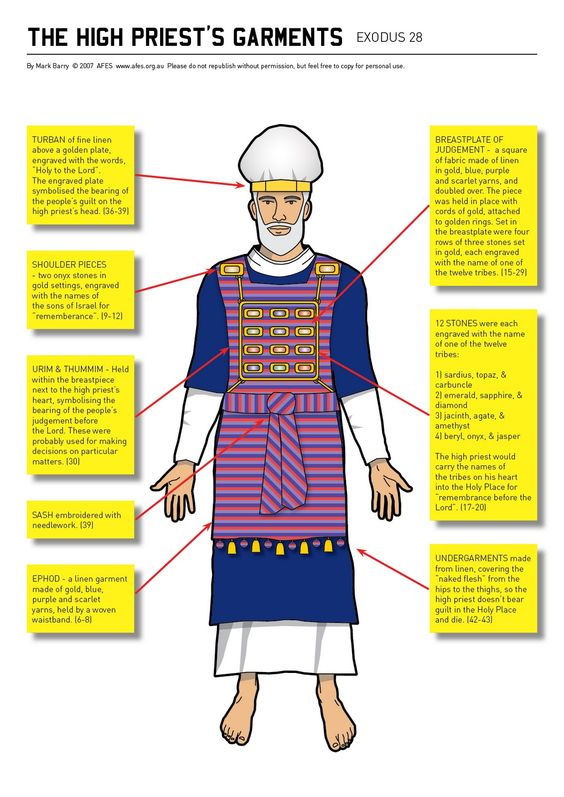
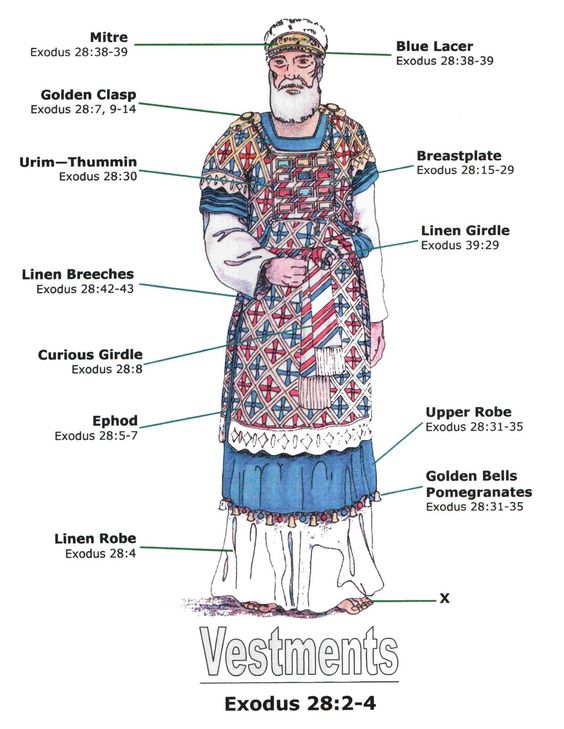
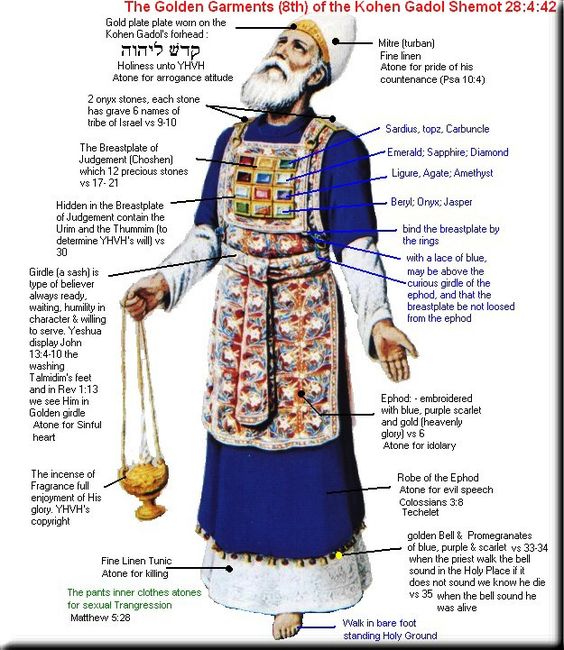
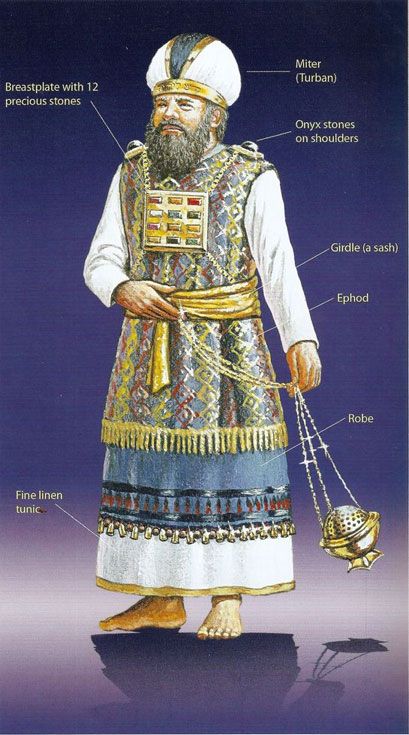
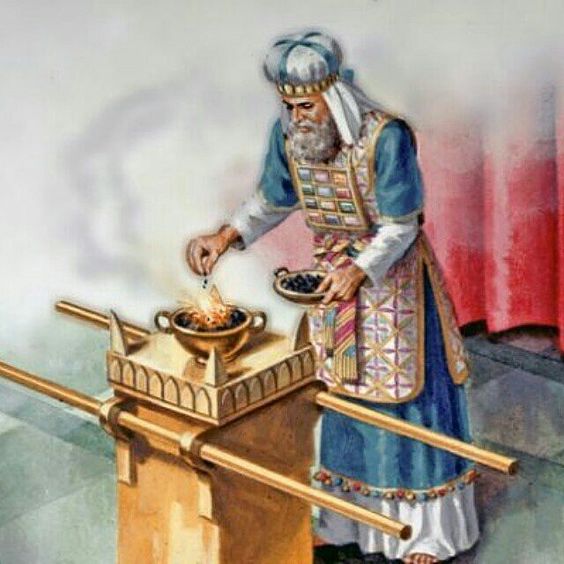
How then can we reconcile the two accounts of Christ's lineage as given in Matthew 1 and Luke 3? God says that there are no contradictions in His Holy Word -- that He cannot break His Word (John 10:35). Therefore, these are two different genealogies of Christ -- not one.
Matthew, since he was first writing to the Jews, gave the LEGAL descent of Jesus. This, of course, could only be through Joseph. Luke, on the other hand, was giving the REAL fleshly descent of Jesus (Luke 3:23-38). This could only come through Mary since Jesus was conceived of a virgin and was begotten by God, not by a physical, human father (Matt. 1:18-25). The proof that Matthew was writing the genealogy from Joseph's side is found in the way Matthew words his genealogy. In Manhew 1:2, it states, "Abraham begat Isaac; and Isaac begat Jacob; and Jacob begat Judas and his brethren." This same word "begat," meaning to become the male parent of, is used throughout this entire list UNTIL we come to Joseph in verse 16. There, since God the Father, by the power of His Spirir, NOT Joseph, begat Christ, it brings Mary into the picture by saying that she was the one "of whom was born Jesus, who is called Christ." So even though Mary, being Christ's only human parent, is mentioned, the genealogy is, nevertheless, Joseph's, because she was Joseph's legal wife.
Now let us look at Luke's genealogy. At first glance it might appear that this too is a genealogy from Joseph's side because it lists Joseph and says of him that he "was the son of Heli" (Luke 3:23). But Joseph's side has already been given in Matthew, It is TOTALLY DIFFERENT from David to Joseph in this list given in Luke. Joseph's father has already been given as Jacob by Matthew (Matt. 1:16), so how can his father now be given as Heli by Luke
( Luke 3: 23)? The key to the answer lies in the use of the words "the son" in Luke.
If you have a Bible that shows certain words in italics, you will notice that the words "the son" are in italics, as they are throughout the entire list that Luke gives. These words that are in italics are not in the inspired original Greek, but have been added to make the meaning of the Greek clearer in our modern English. Many times these added words DO help clarify; but, unfortunately, many times they CLOUD the meaning and add only confusion. Such is the case with the words THE SON in this chapter. They are not in the original Greek and only DISTORT the true God-intended meaning when they are added. So the correct reading of Luke 3:23 should be "Joseph, which was of Heli." This then tells us that Joseph was OF Heli, but it does not tell us HOW Joseph was of Heli. Because Joseph's true farher has already been given, we now know that the only way that Joseph could be associated with this list is as the SON-IN-LAW of Heli -- Heli being MARY'S father. The reason that Joseph's name is written instead of Mary's is that no women were ever put on the
list, and Luke was allowing Joseph to stand in Mary's place in the list, as he would legally have done anyway since Joseph, through Mary, became Heli's heir.
God says that Abraham (Gen. 12:3; Acts 325-26), Judah (Heb. 7:14), David (John 7:42). and others have been the forefathers of Christ. How can we prove from Scripture that Christ WAS of this line? Matthew's genealogy cannot prove it, because Joseph was not Christ's REAL father. But Luke, giving the REAL genealogy of Christ through Mary, Christ's only HUMAN parent, DOES give us absolute, SCRIPTURAL proof that Christ was of Abraham (v. 34), Judah (v. 33), and David (v. 31). Rather than disprove the Bible and make it contradict itself, these two genealogies, correctly understood, help to PROVE the Bible. and testify to the critic that God's word is true, exact, and it means what it says.